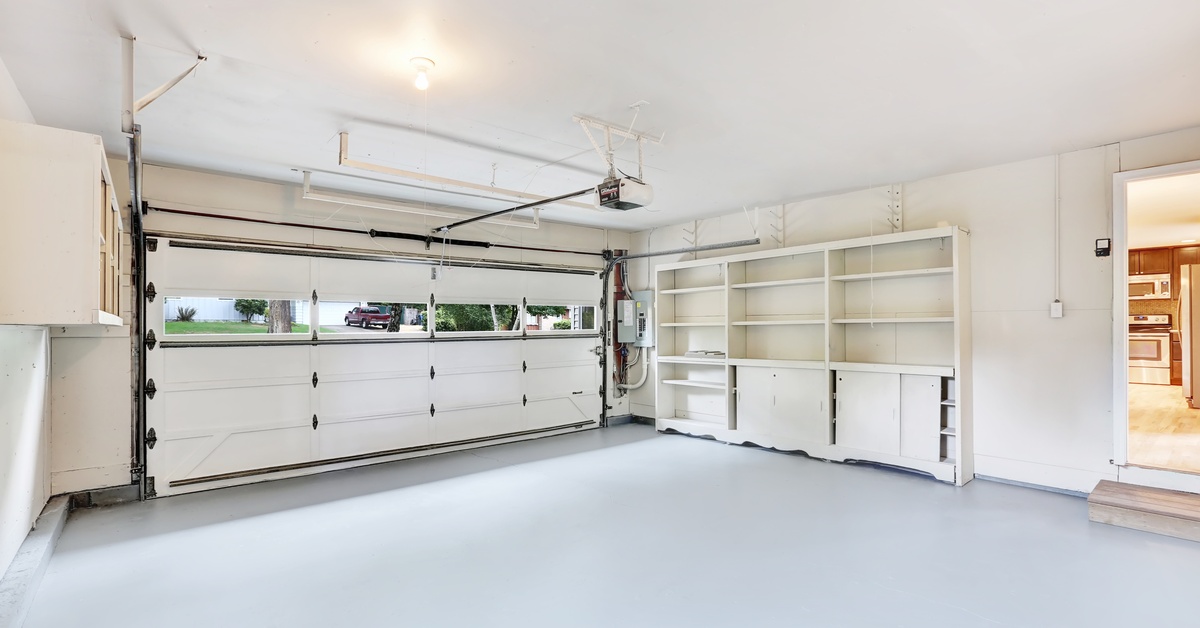When you’re choosing a new garage door, it’s about more than just the look. You also have to consider how the door opens and closes. Knowing the difference between sectional and tilt garage doors makes it much easier to pick the right one for your home.
Both options keep your garage safe, but they have unique mechanics. Those differences affect how much room you’ll need, your garage’s insulation, and even what materials you can use. Here’s what you need to know.
How Do Sectional Garage Doors Work?
Sectional doors have become the go-to choice for many modern homes. These doors are made from a series of horizontal panels joined by hinges. They move up and down along vertical tracks on either side of the opening.
As you open a sectional door, each panel bends at its hinge so the door curves upward and then sits flat along the garage ceiling. This design means you don’t need to leave extra space in front of your garage. The multi-panel build also helps with insulation to maintain a steady temperature in your garage.
What Makes a Tilt Garage Door Different?
A tilt garage door is one solid panel instead of several. It sits on a hinge system that lets the door swing out and up in a single motion before it rests overhead.
Since the door swings outward as it opens, you’ll need enough clearance in your driveway to accommodate it. For shorter driveways, this can present a challenge. If you have more room, a tilt door’s simple design appeals to many homeowners.
How Do Space Needs and Operations Compare?
Movement is where these two door types really set themselves apart. Sectional doors move straight up with no need to swing outward, so you can pull your car close to the garage without getting in the way. Tilt doors, on the other hand, require a clear area in front so they can swing open.
Before choosing, think about how much driveway space you have and whether there are any trees, fences, or other obstructions. If parking space is at a premium, sectional doors will make life easier. But if you have enough room, a tilt door can work perfectly.
How Do Materials and Design Options Compare?
Sectional garage doors come in a range of styles and materials. You can add windows, choose from different insulation options, and select finishes that match your home’s look.
Tilt doors are made as one piece, so the customization isn’t quite as broad. Designed typically from wood or steel. To get a clear sense of the possibilities, it’s smart to visit a local garage door store. Staff can walk you through your choices, show you material samples, and provide expert recommendations.
Which Garage Door Is Right for You?
Your garage door choice comes down to what works best for your home and routine. Here’s a quick comparison.
- Sectional garage doors are ideal for short driveways and tighter spaces. They’re versatile, with multiple insulation and design options.
- Tilt garage doors are simple and suited for homes with enough driveway space for the door to swing out.
By understanding the difference between sectional and tilt garage doors, you can make a confident choice that adds value and lasting performance to your home.








